At Näak, taking care of the planet is our biggest concern and is what this startup is centered around. Our two co-founders are part of a generation that is realizing the impact of our food on the environment. They understand the urge to create sustainable food products that have a positive impact on health, sports performance, and the environment. It is widely accepted that the world's population will exceed 9 billion people by 2050. According to the FAO (Food and Agriculture Organization of the United Nations), food production will have to be doubled to meet the growing demand for food and especially for animal proteins. However, can our planet meet these needs?
OUR PLANET IS IN DANGER
Today, our Earth is fairing badly. The food industry is one of the main sources of pollution on the planet. Feeding more than 7 billion people has serious consequences on our environment. The scale of the food industry and all the methods used are the main causes of the environment’s deterioration: deforestation, soil erosion, depletion of freshwater stocks, and pollution. The food industry, which we have turned into a business, is a major driver of climate change. While the West Coast of the United States is being ravaged by unprecedented fires, partly due to global warming, the food industry is releasing more and more greenhouse gases, adding fuel to the flame. According to IPCC latest reports (Intergovernmental Panel on Climate Change), published in 2018, "Without additional mitigation efforts beyond those in place today, and even with adaptation, warming by the end of the 21st century will lead to high to very high risk of severe, widespread and irreversible impacts globally".

Thus, if we do not change our habits, the planet can experience a 4 degrees C increase by the end of this century. Additionally, we are beginning to run out of underground reserves, in which a third of the planet's inhabitants depend on and thus, many species are very likely to disappear.

HOW OUR CURRENT CONSUMPTION MODEL THREATENS THE ENVIRONMENT
Our food has a major impact on the environment. Even though the world has made some changes to curb climate change, there are still many changes to be made, and quickly. As consumers, every day we have choices to make when we eat. Our carnivorous lifestyle is one of the main causes of pollution on the planet. The cattle industry is one of the most polluting industries; it causes destruction of biodiversity, deforestation, greenhouse gas emissions, climate change, and pollution of waterways. In fact, to raise a cattle, you have to give it a lot of space, a lot of water, a lot of food and a lot of time. Today, 75% of the world's agricultural lands is used to raise livestock. In other words, 75% of the world's agricultural lands is used to feed animals that will then be used to feed us. Cattle farming is thus one of the main causes of the problems our environment is facing today.
A GLIMMER OF HOPE: WE KNOW WHAT WE HAVE TO DO
Time is running out for our planet; we must act before it is too late. Fortunately, there is still hope, as our collective consciousness has come to understand that we must act. This awareness became more mainstream in 2015, with the unanimous adoption of two crucial agreements made by the 193 member countries of the UN: Agenda 2030 and the Paris Agreement. The first brings together a set of objectives to be achieved in favor of our collective well-being and the preservation of the planet. With the second agreement, the world commits to take strong measures to limit global warming to 1.5°C. Although there is not much time left, there is still hope, since we know what we have to do. As the world's population continues to grow, the food industry must take radical reforms to feed this growing population without endangering the planet.

For the IPCC, beyond the indispensable reduction of greenhouse gases, solutions also exist in the food production system and consumption habits that must change. These measures also apply to sports nutrition, which has its share of responsibility in saving our environment.
HOW NÄAK IS HELPING TO REDUCE THE ENVIRONMENTAL IMPACT OF THE SPORTS NUTRITION INDUSTRY
The sports industry is contributing to global warming. How? Many athletes require a high protein intake. However, we have seen the environmental impact of the meat industry on the planet. Moreover, the organization of large-scale races such as marathons generates large quantities of waste (plastic bottles, packaging of protein bars) sometimes dumped directly on the ground. Similarly, most of the energy bars or food supplements that athletes consume are often industrial products that have a high environmental footprint. As athletes, we should be concerned about our health and our ecological footprint, although we sometimes have the impression that we have to choose between the two.
When Näak was founded in 2016, our two co-founders began to question the role of sports nutrition and its impact on their performance and the environment. They became aware of the need for sustainable food products that have a positive impact on health, sports performance and the environment. Unable to find a product that met their criteria, they decided to create their own energy bar that combined performance, health and respect for the environment. That’s why since the creation of Näak in 2016, we emphasize environmental importance and are committed to creating products that respect our planet. We also believe that it is essential not to limit our efforts to our products, but to adopt an eco-responsible behavior on a daily basis in all stages of our product development. Below you will find all of Näak's actions to protect the environment:
- Choosing crickets
Our main action for reducing our environmental impact lies in our choice of protein source. At the start of our company, we wanted to create an energy bar that would be a healthy, delicious, and ecological alternative to most bars on the market. For this reason, we chose to use cricket as the source of protein in our first products. Not only it is a superfood rich in complete protein and high in calcium, iron, omega 3 and vitamin B12, but crickets are the eco-friendliest source of protein on the planet. As shown in the graph below, crickets are a much eco-friendlier alternative to beef. Indeed, its production requires 12X less fodder resources and about 2000X less water. It also causes 100X less greenhouse gas emissions compared to cattle breeding.

Clickhere for a live counter that will show you how much greenhouse gas emissions, water, surface and feed we have saved since the very first Näak bar by replacing beef protein with cricket protein.
- Choosing vegetable proteins
More recently we have launched a line of ULTRA ENERGY bars that contain plant-based proteins. Plant-based diets are more sustainable than animal-based diets because they use fewer natural resources and are less polluting. On average, the production of animal protein requires 11X more fossil energy than plant protein for human consumption. In addition, an omnivorous diet requires 2.9X more water, 2.5X more primary energy, 13X more fertilizer and 1.4X more pesticides than a vegetarian diet. Even the land needed to raise animal protein is 6 to 17X more than that needed to produce soy protein.
- Sustainable packaging
Our commitment to the planet does not stop with our products. At Näak,
we try to use recyclable packaging as much as possible, which reduces the need for raw materials to be extracted and processed into new materials. By recycling, you help to reduce pollution and greenhouse gas emissions while conserving natural resources such as energy and water.
- Reducing transportation and prioritizing local purchasing
We also encourage all of our team members, our suppliers, and our customers to adopt eco-responsible behavior. One of the biggest sources of pollution is transportation. However, we are doing everything possible to reduce our environmental footprint by emphasizing the following actions: at Näak, we are committed to reducing business travel by prioritizing virtual meetings with our customers, which will decrease greenhouse gases emitted by our transportation. Whenever possible, we give priority to teleworking, which helps to reduce the number of trips to work we make each week. In addition, we prioritize local suppliers and co- manufacturers to reduce the greenhouse gases emitted by the delivery of our orders.
- Limiting waste
The food industry is known to be a very wasteful industry. At Näak, we try to limit waste as much as possible by selling our products at a discount price or by donating products when their expiration date is approaching. Inaddition, we always consider the waste that our marketing actions may generate before implementing them.
We encourage all our employees to respect these measures, even when working from home. Every month, each team member sets a new objective to reduce their environmental footprint. Of course, our actions alone will not be able to reverse global warming, but we are convinced that many small changes can lead to bigger changes! Let's all act together: our planet needs our help!
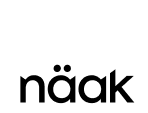

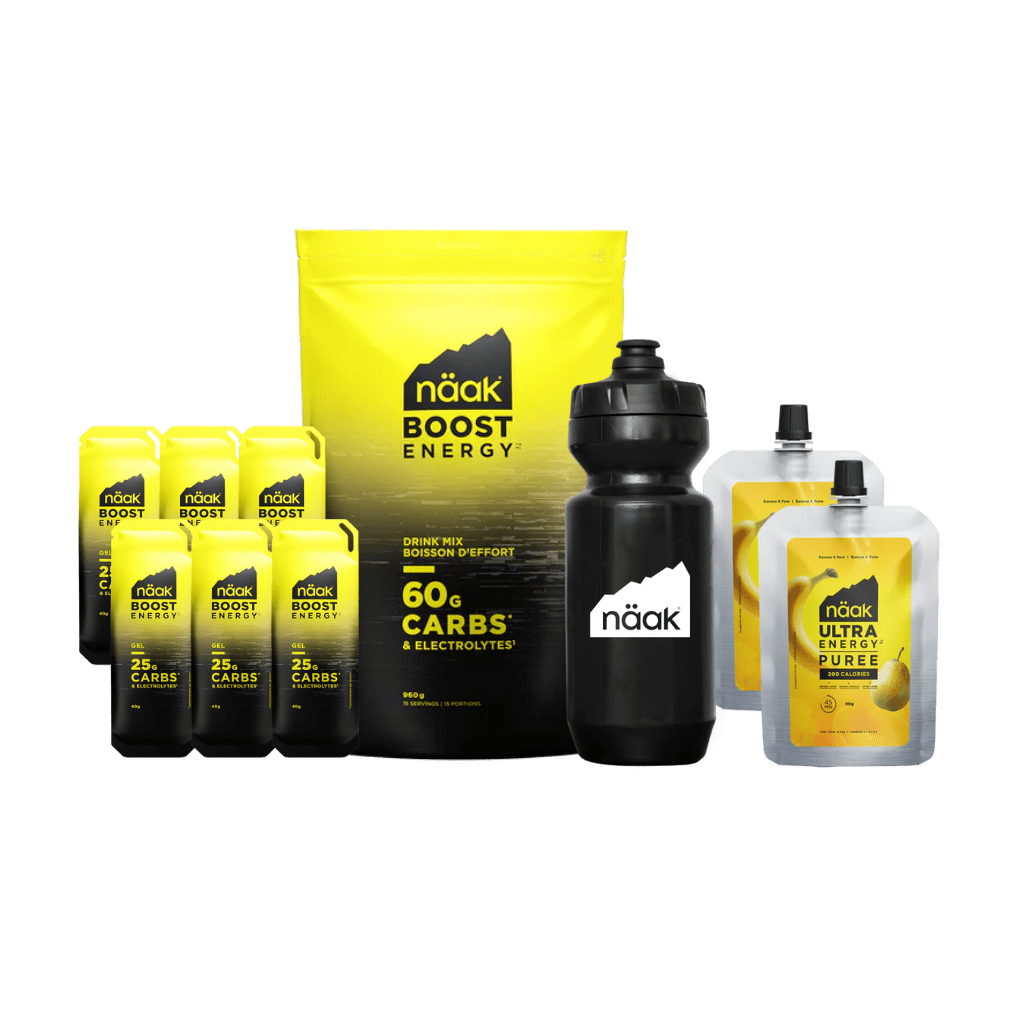
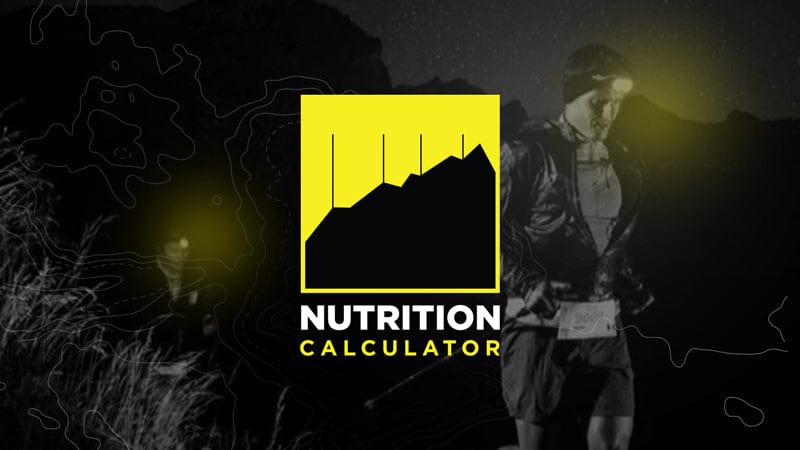
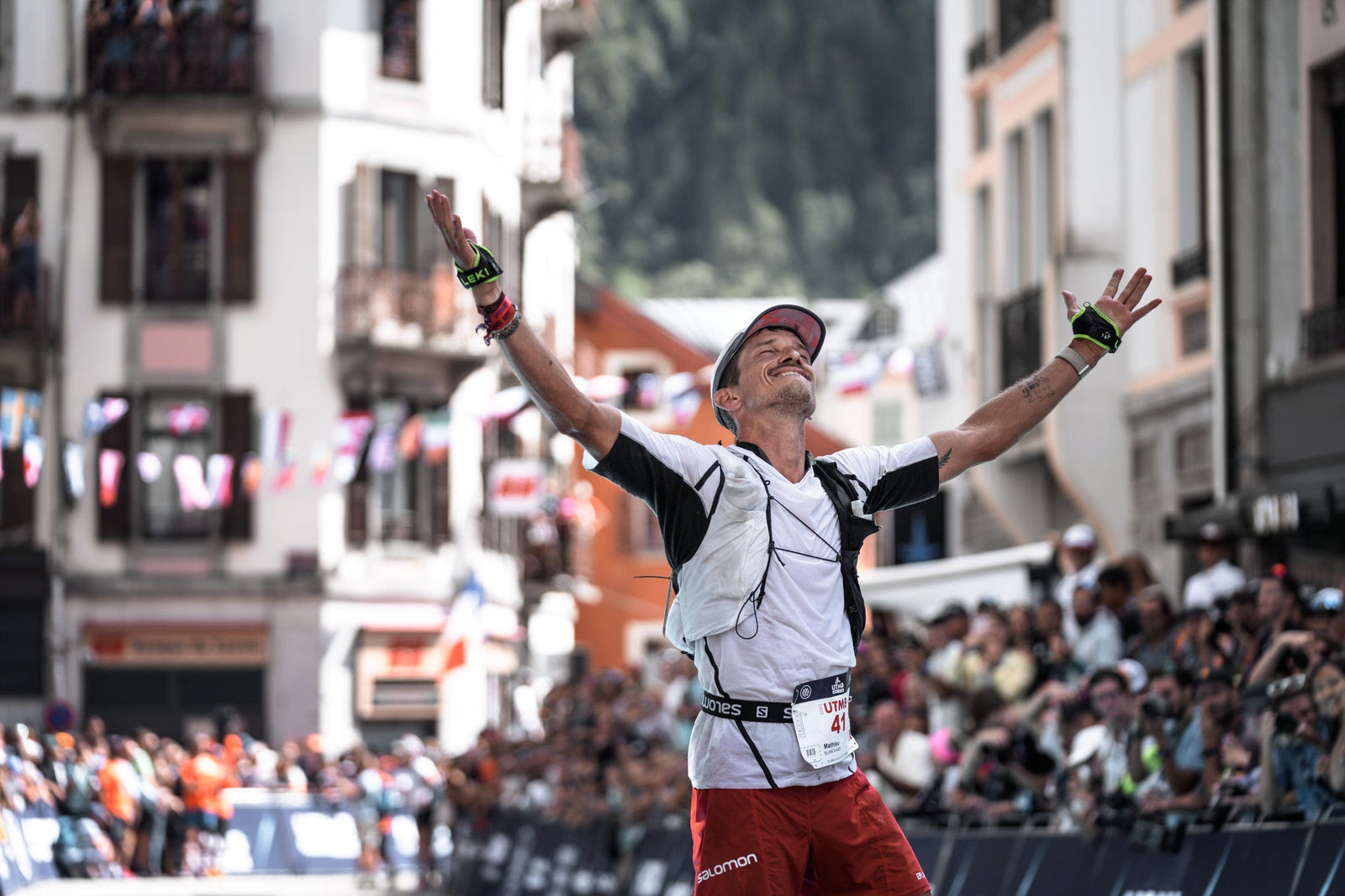
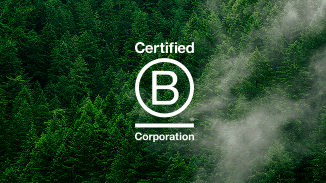
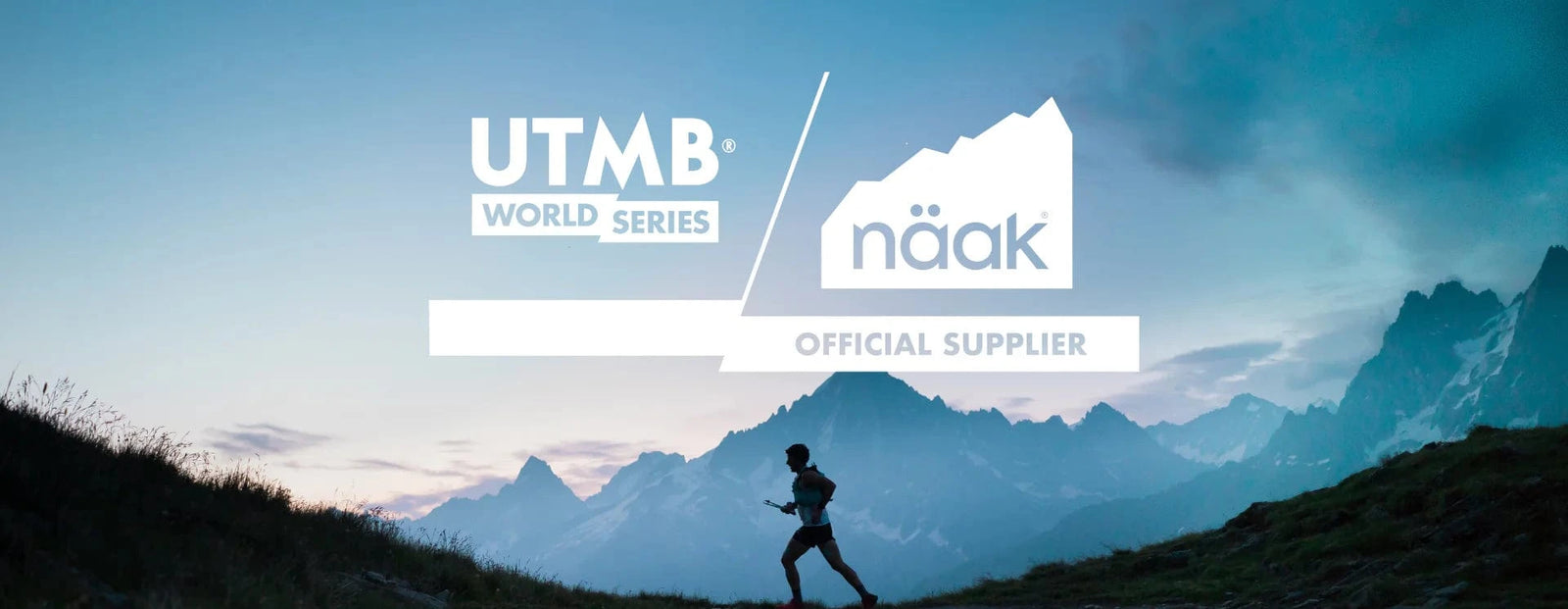


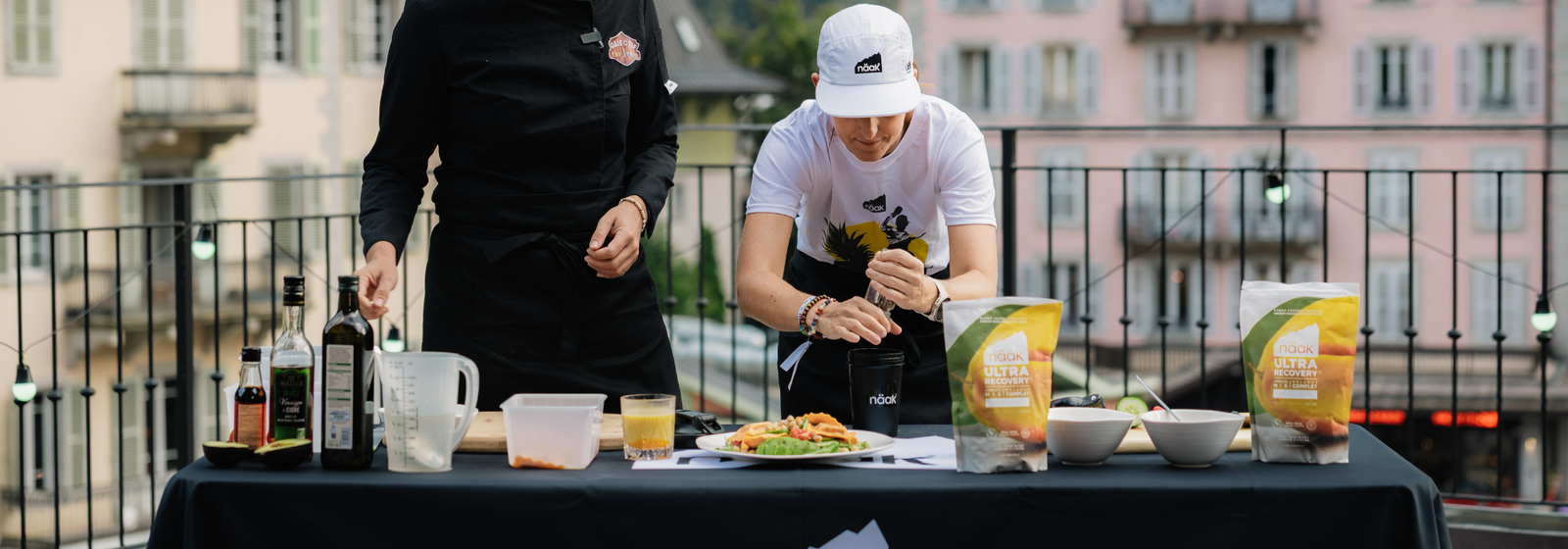
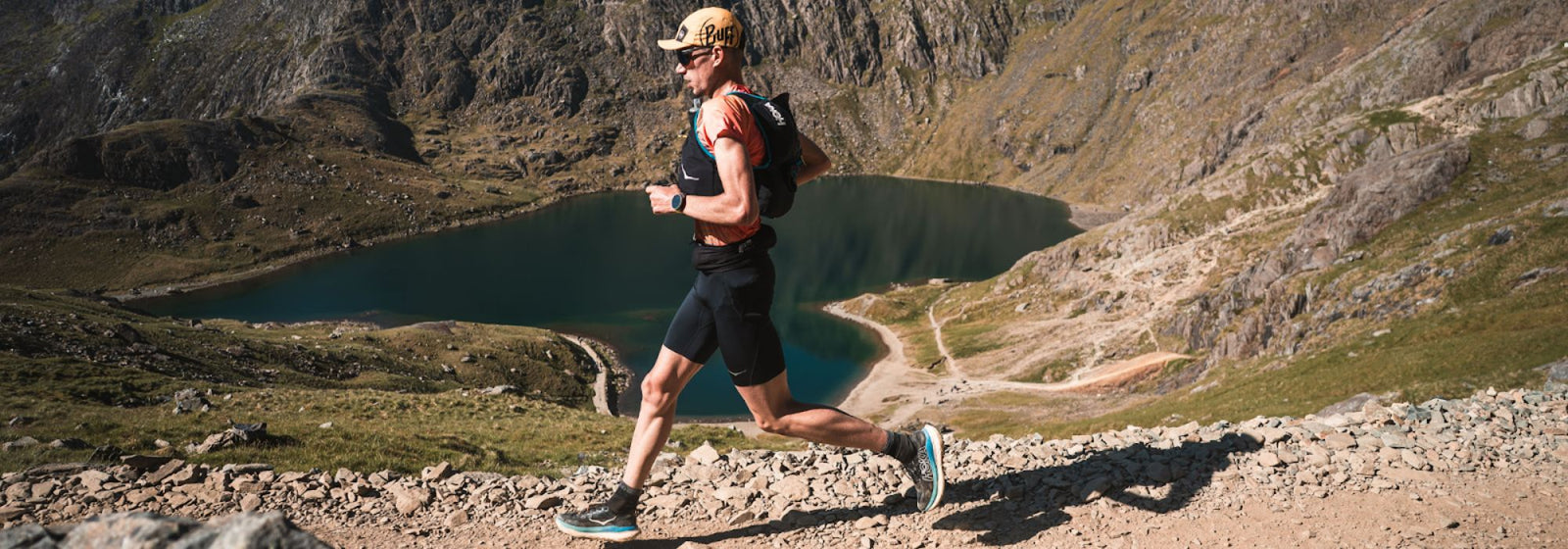
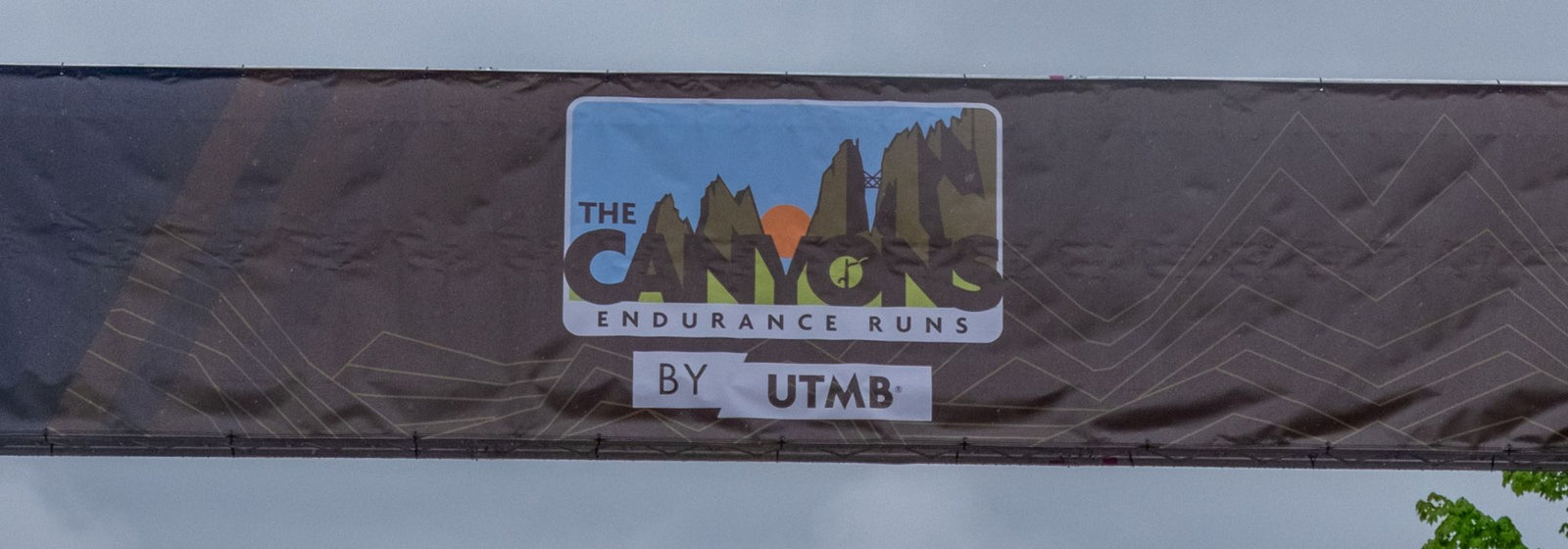
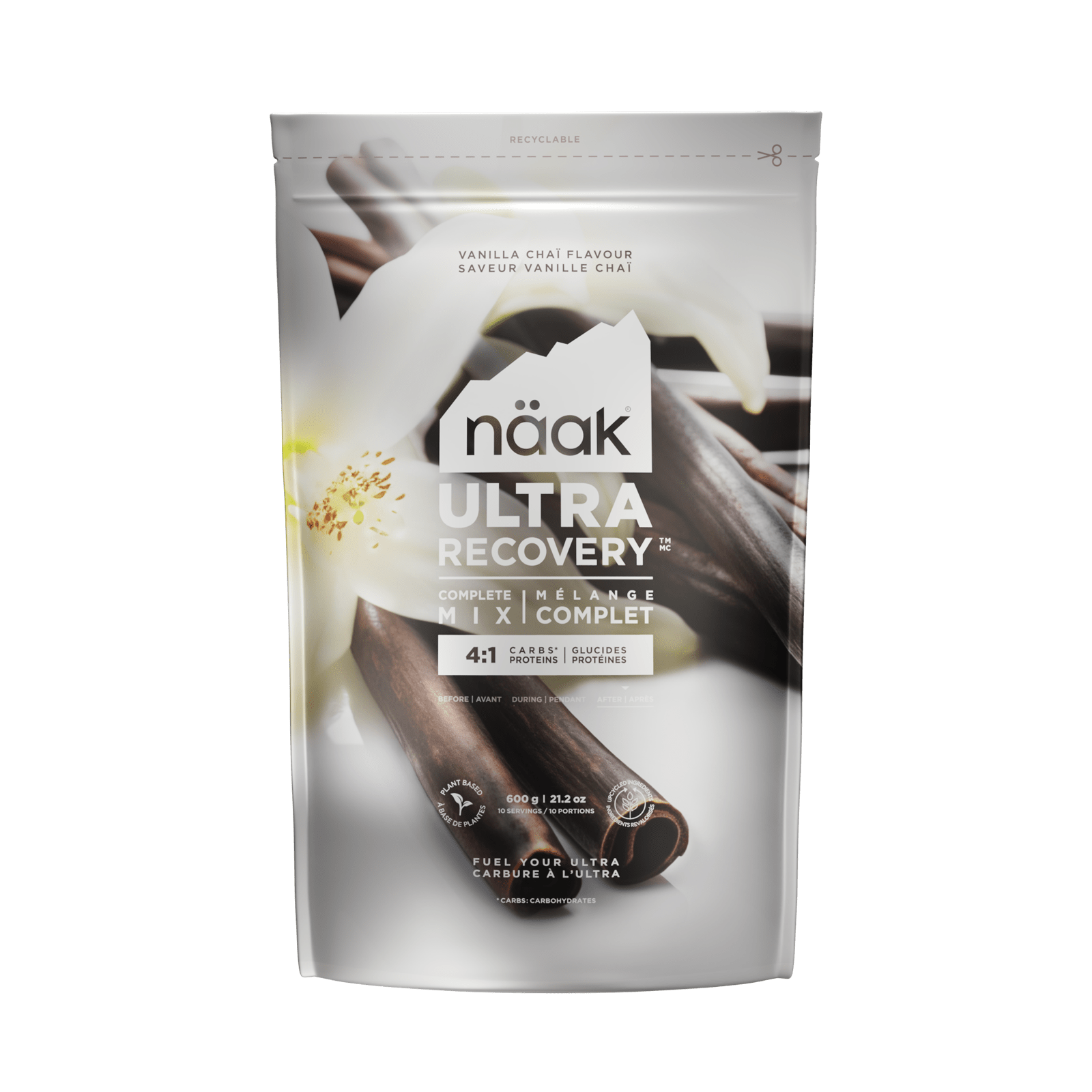
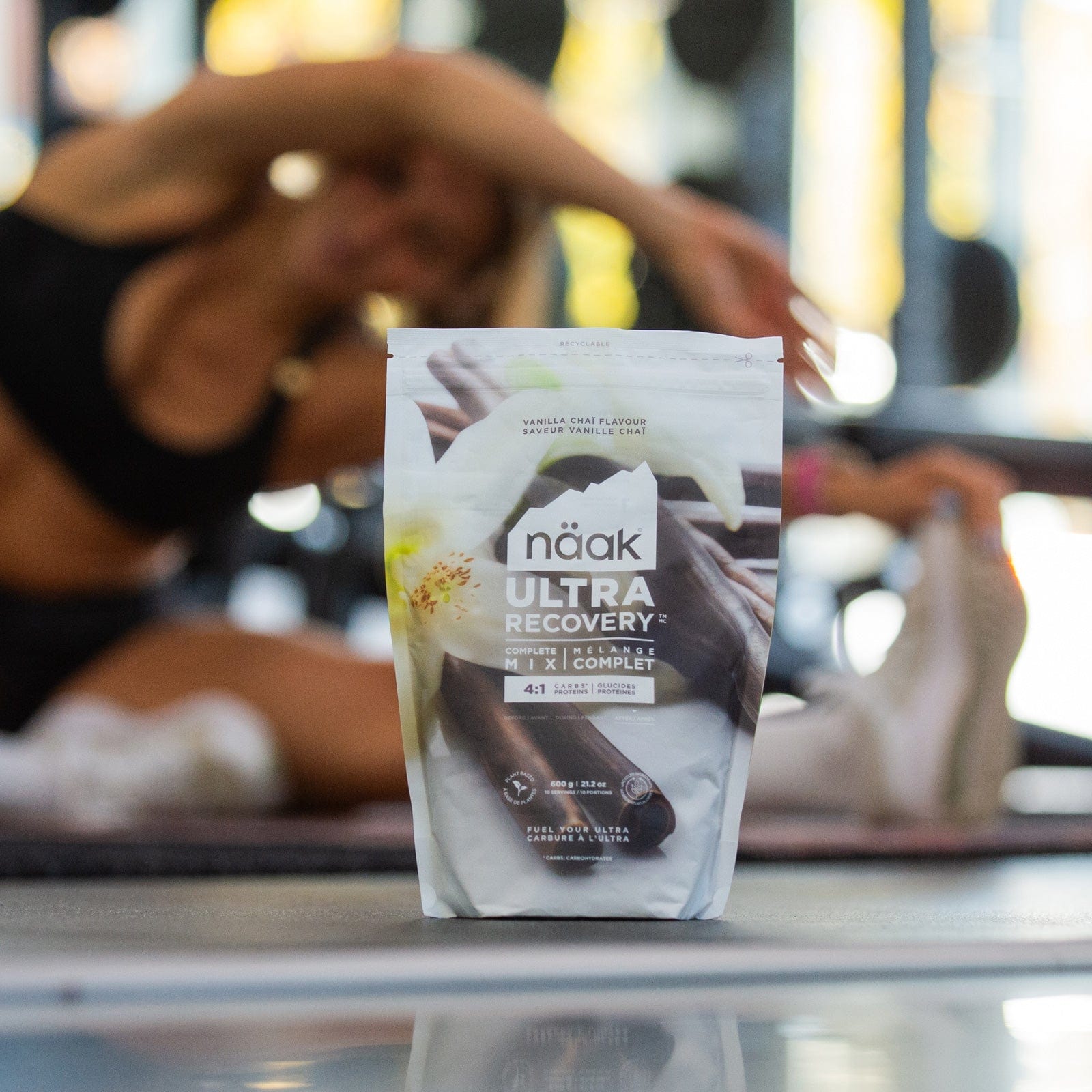
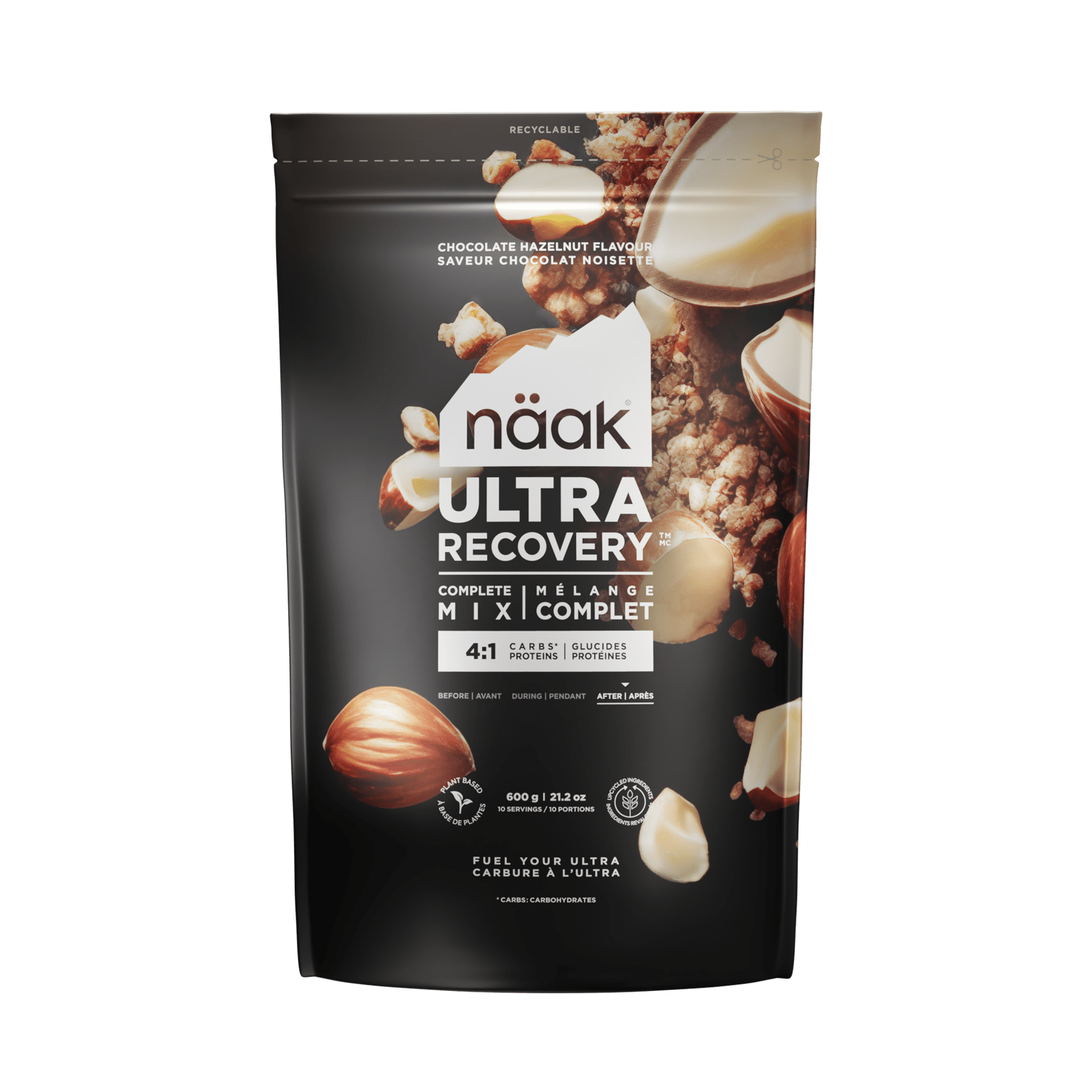
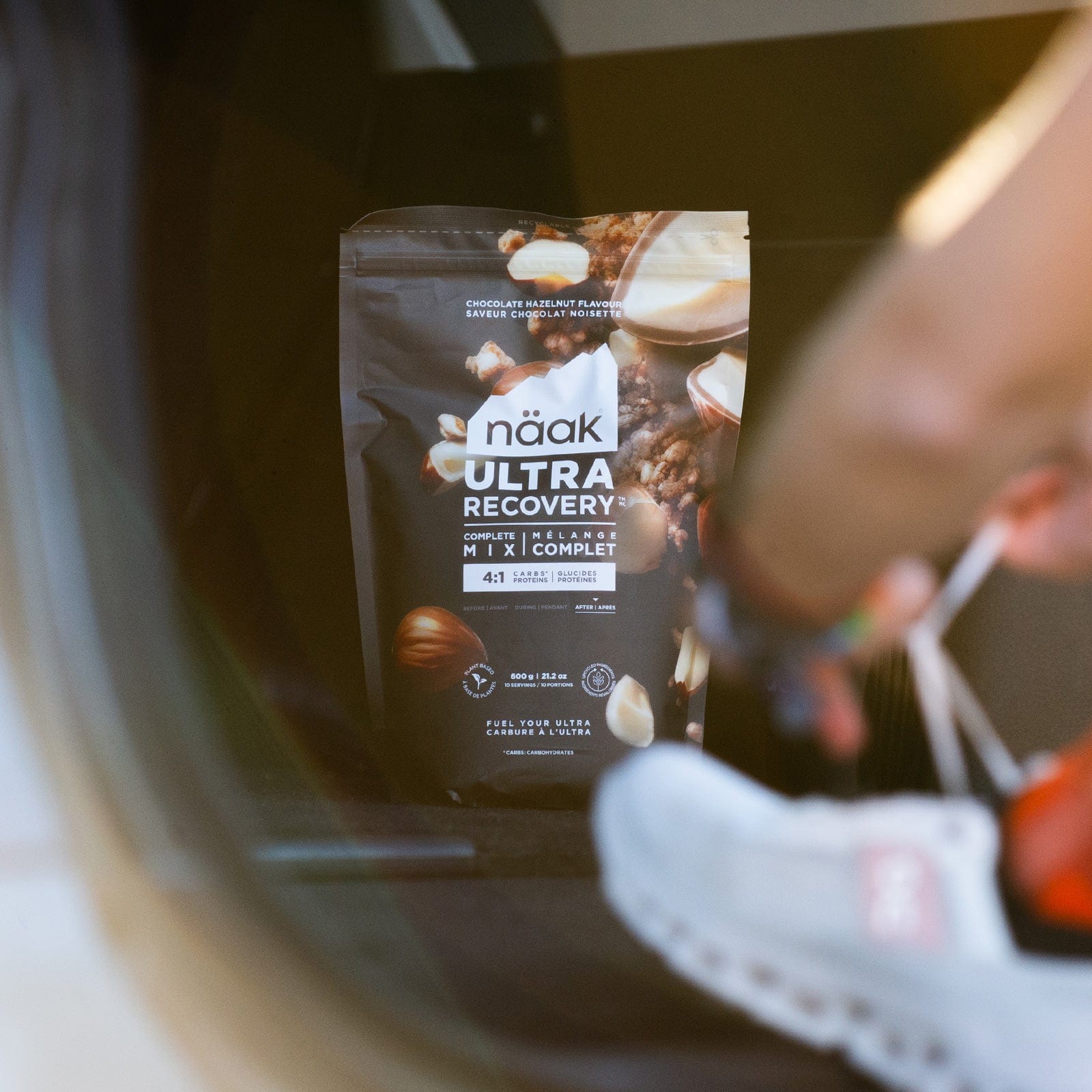
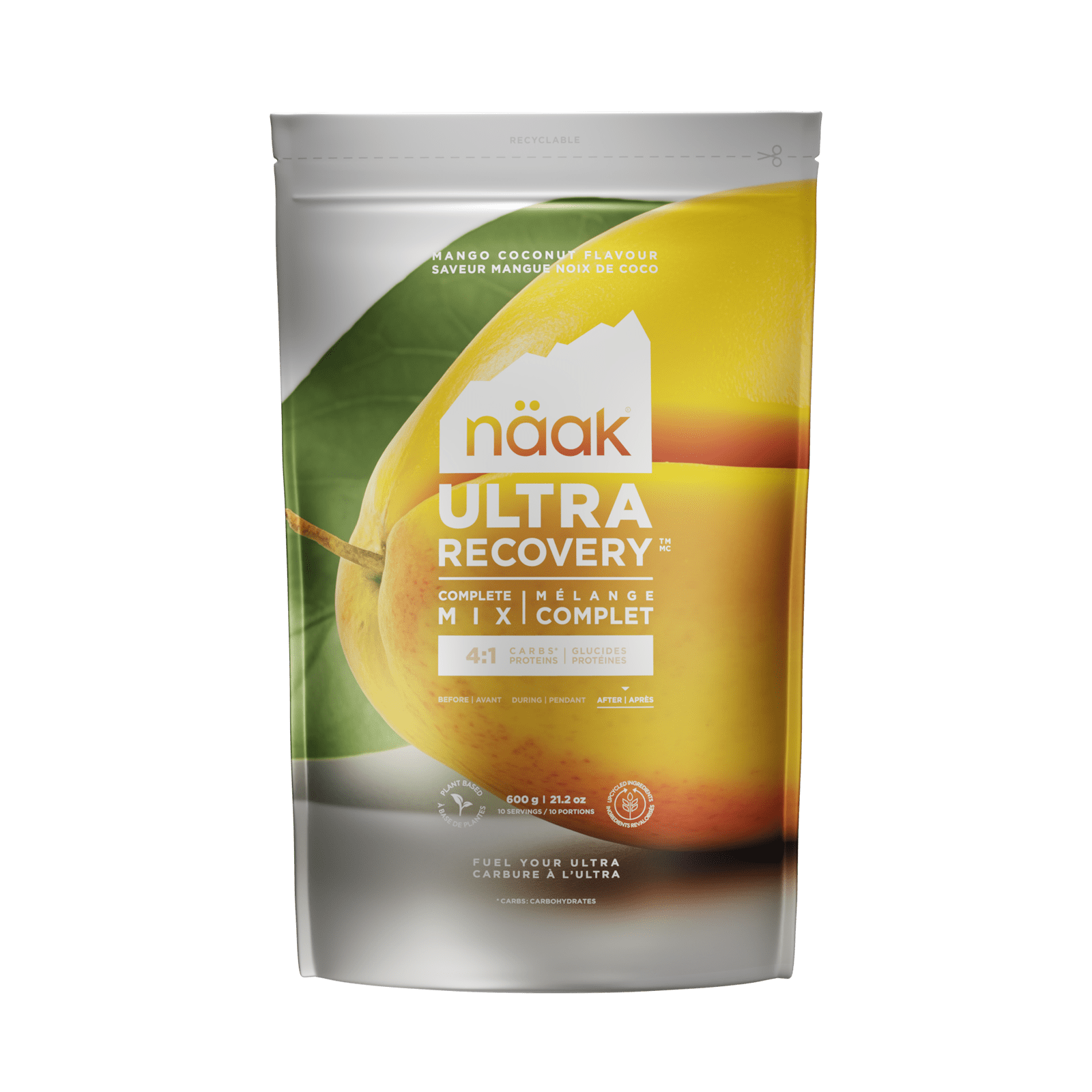
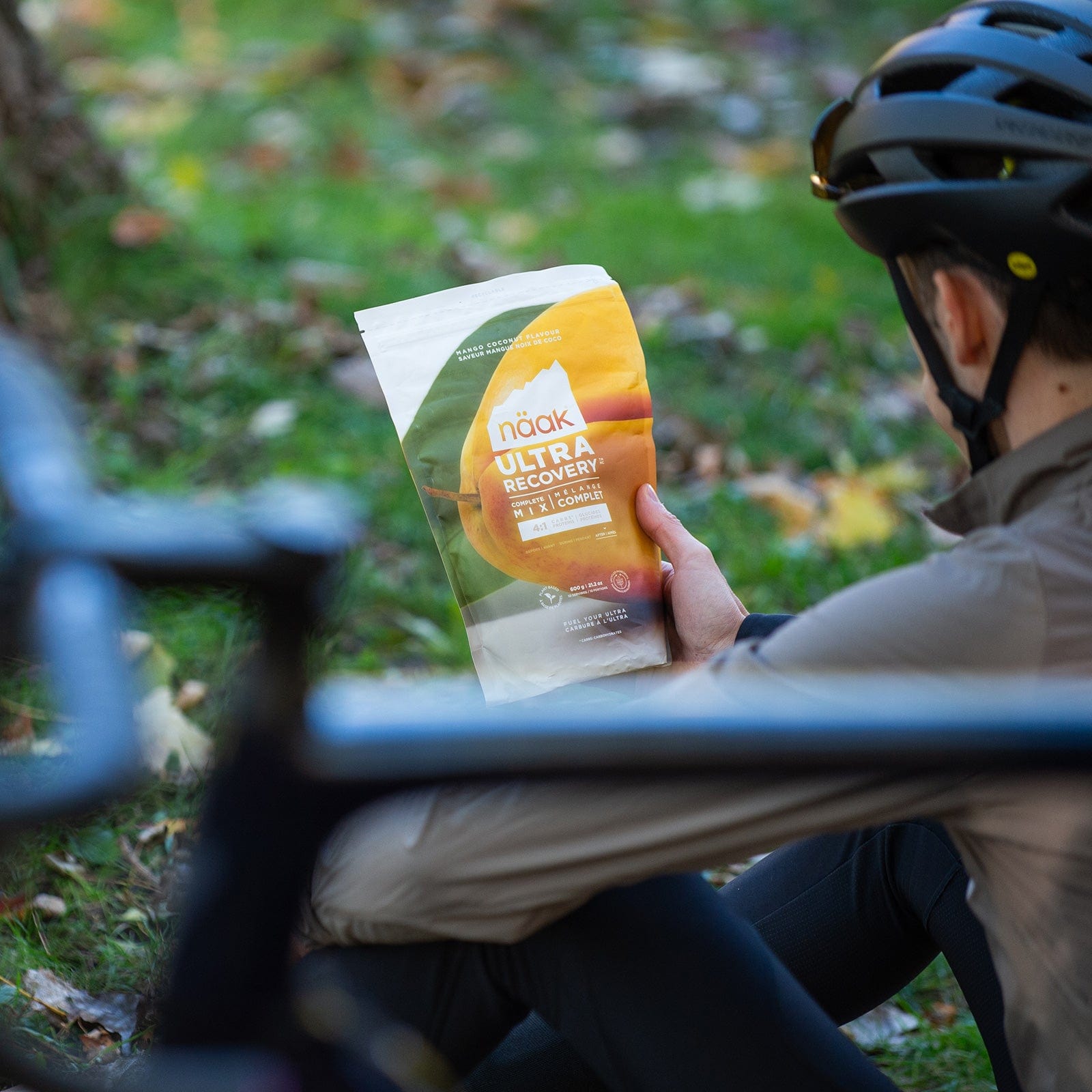

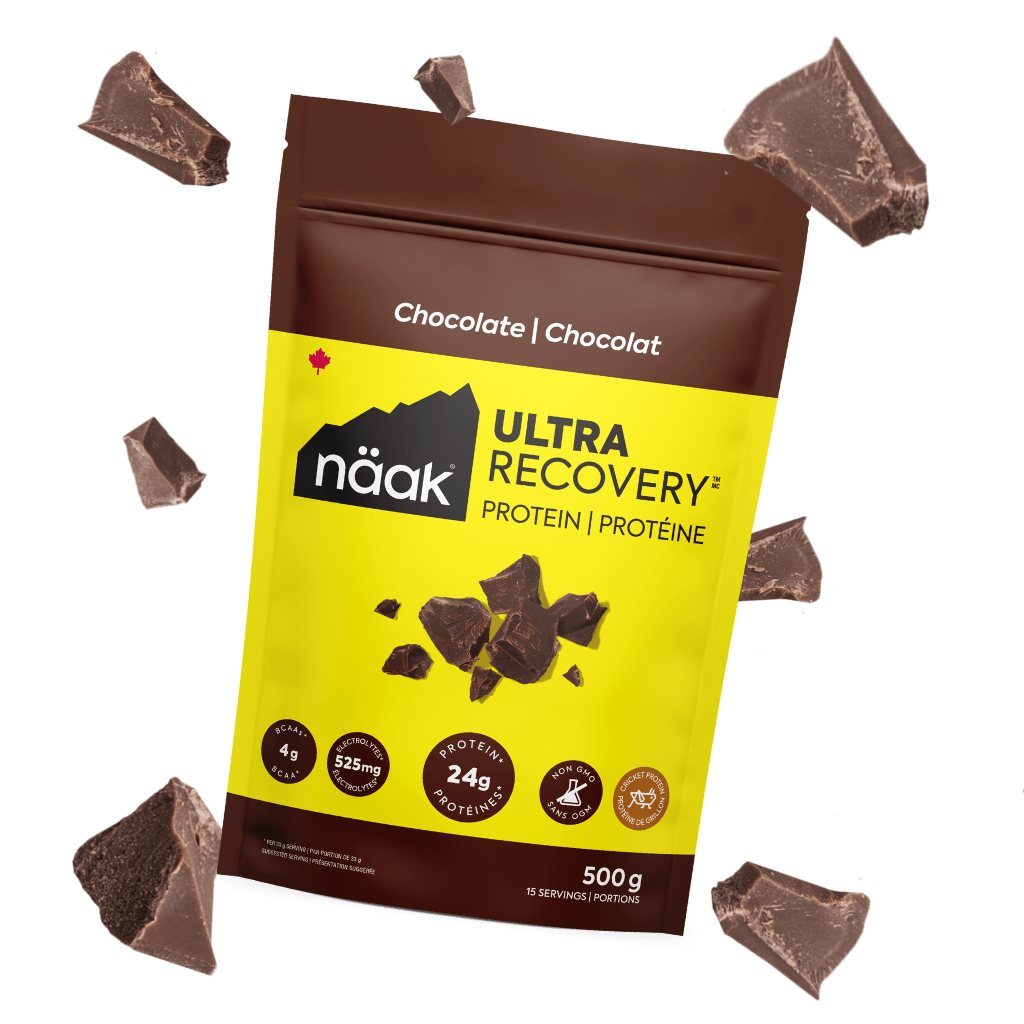
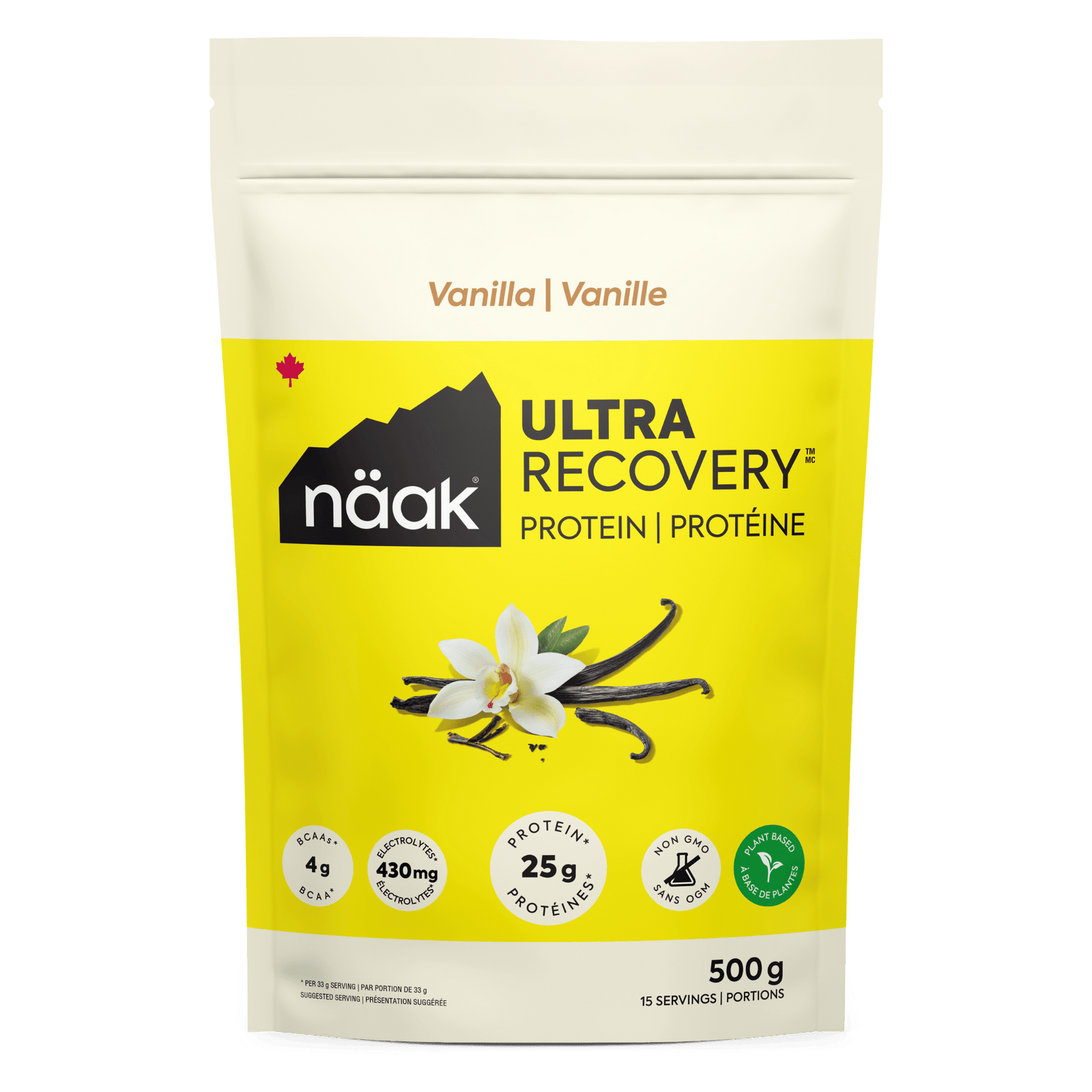
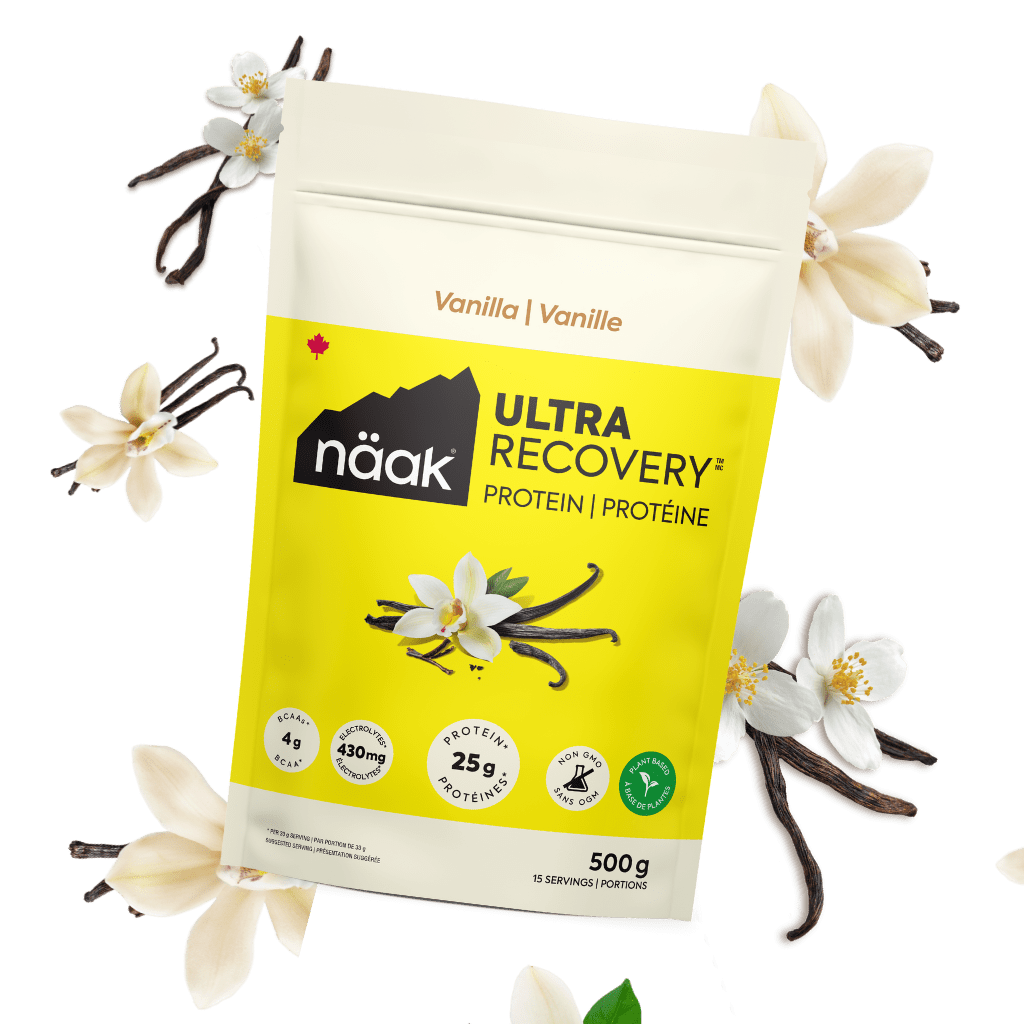
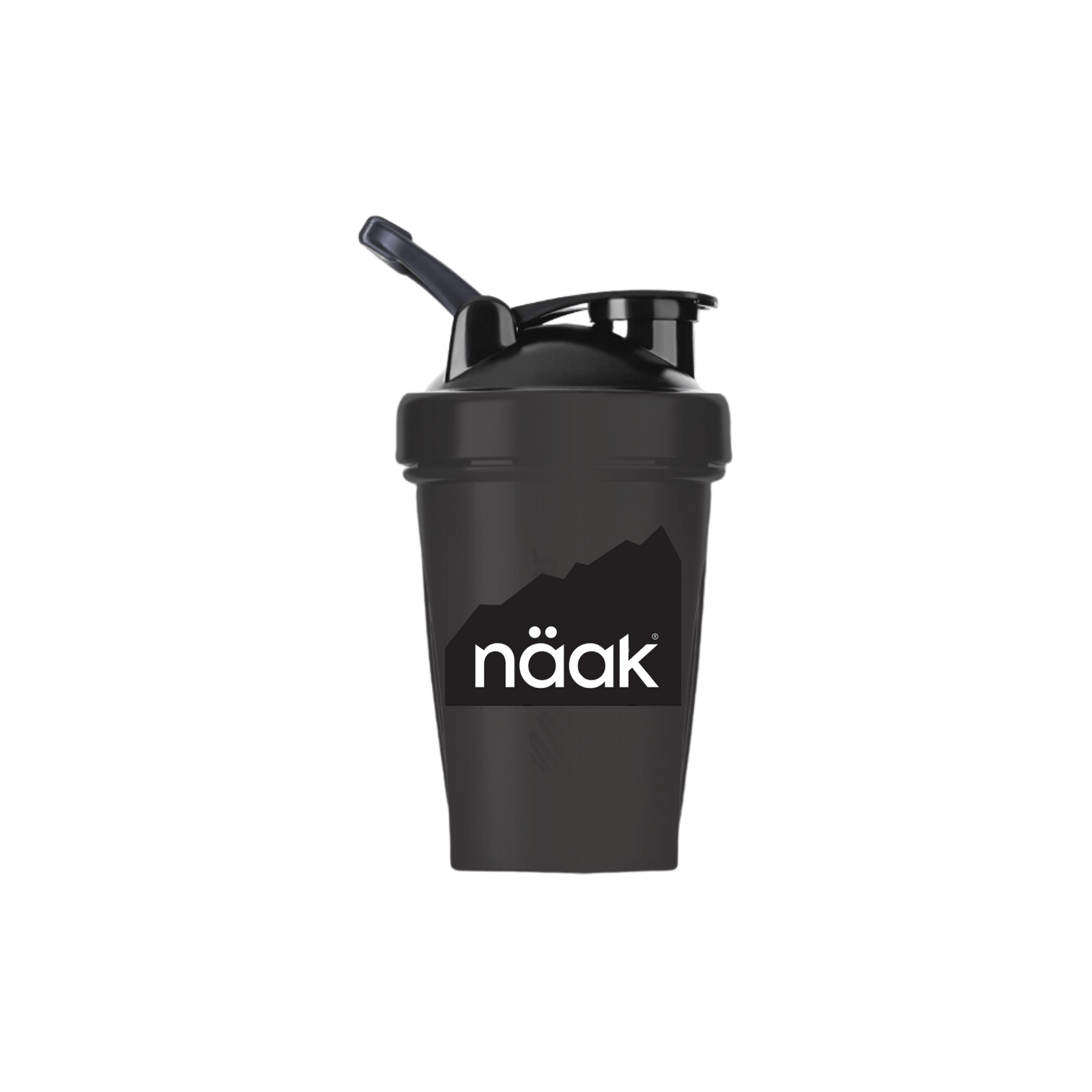
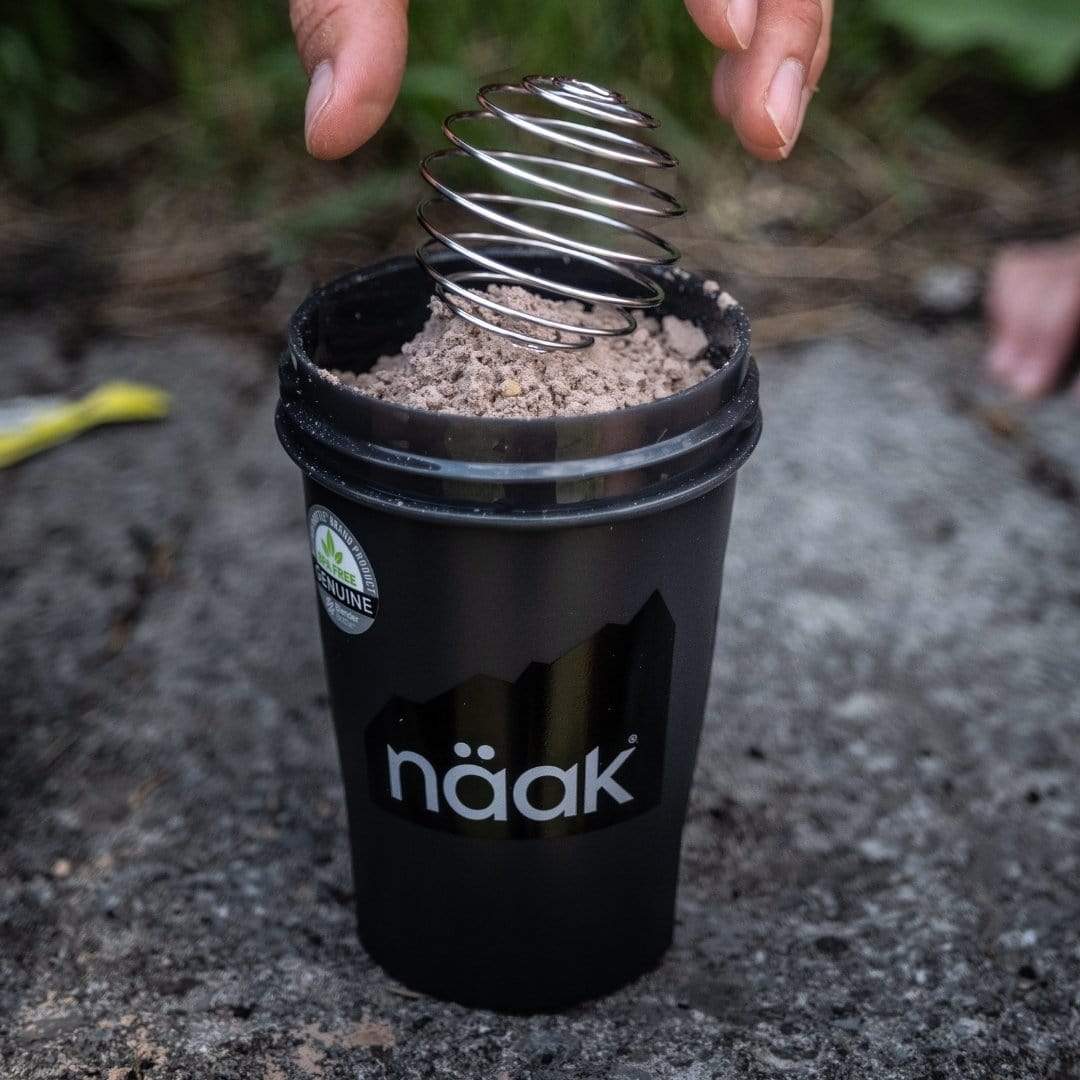
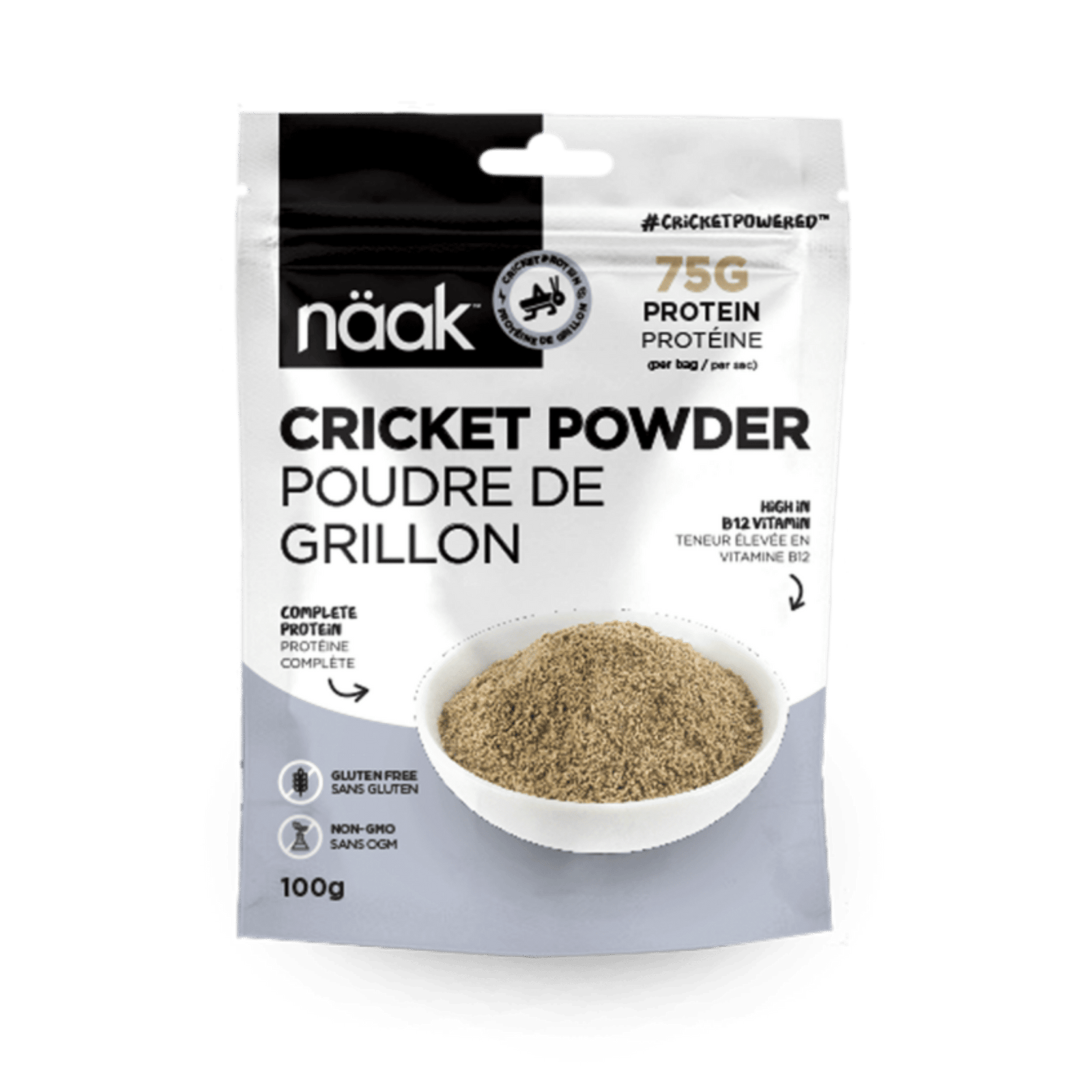
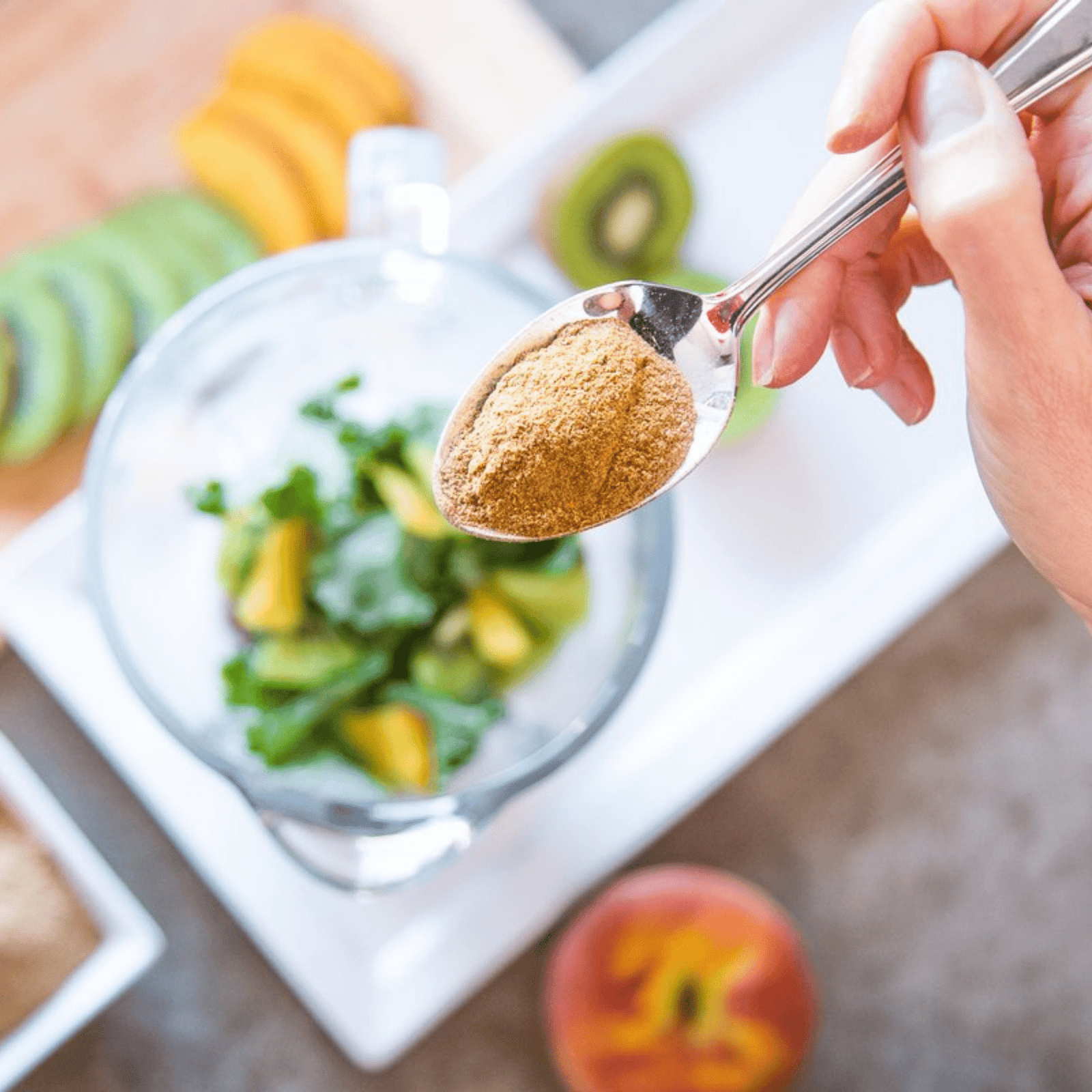
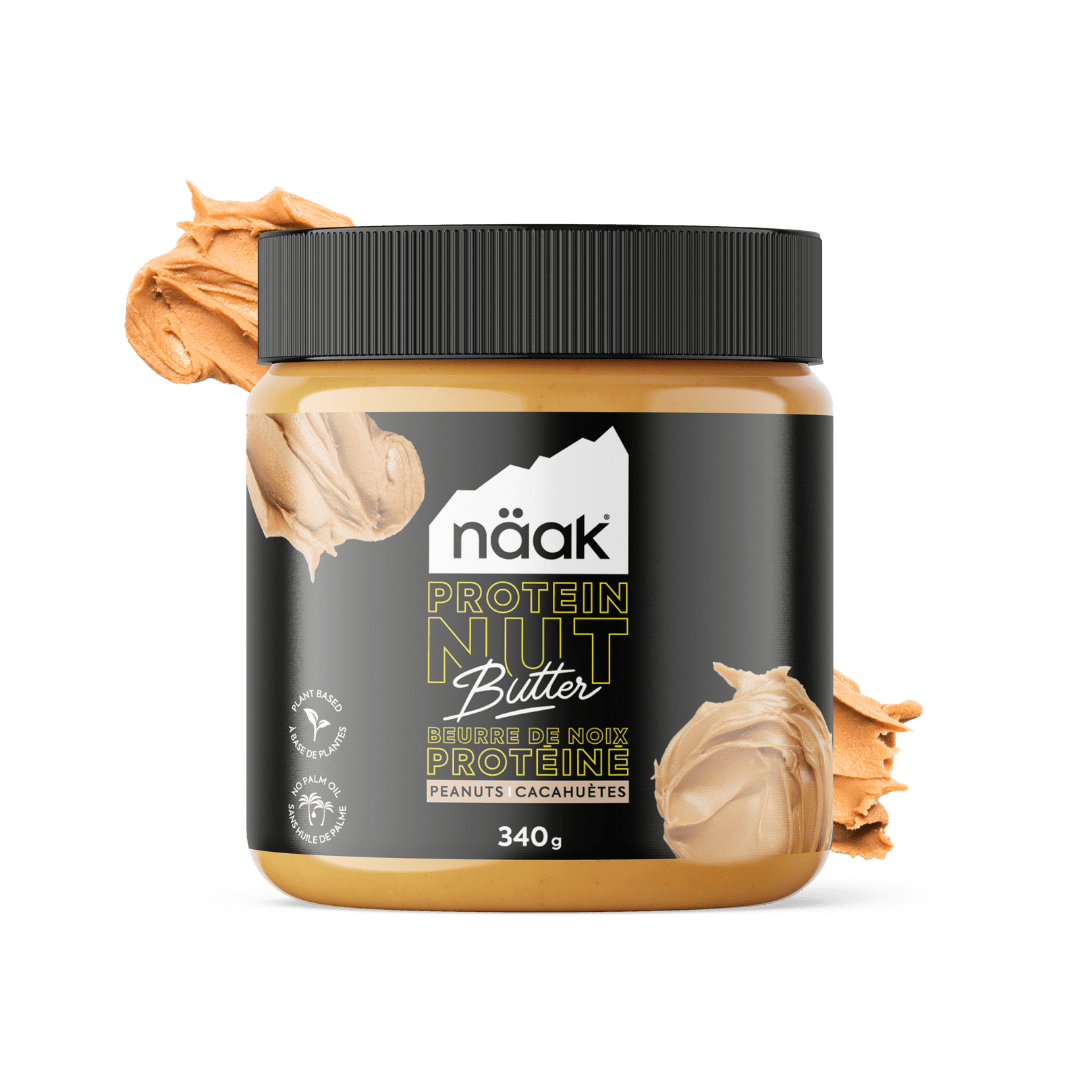
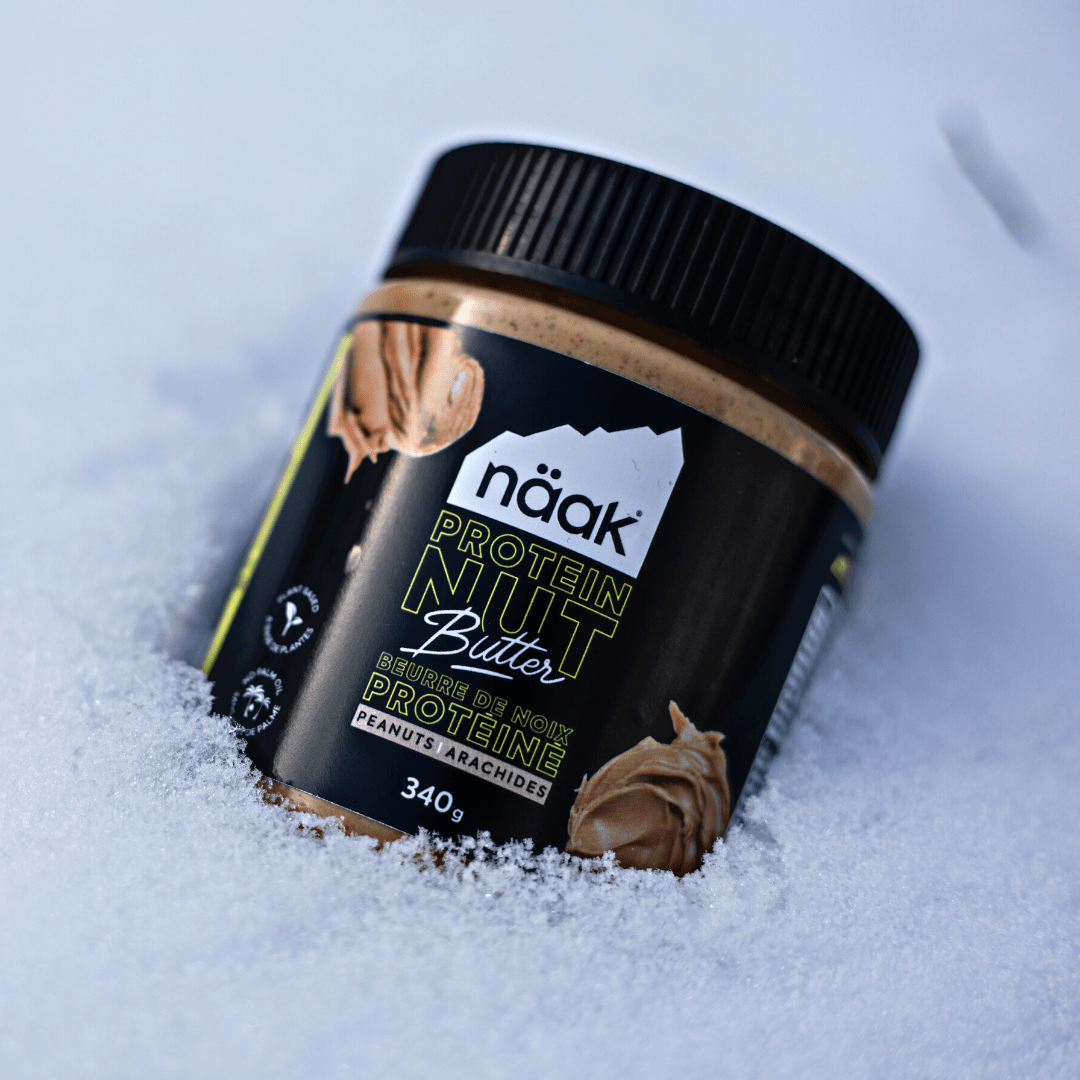
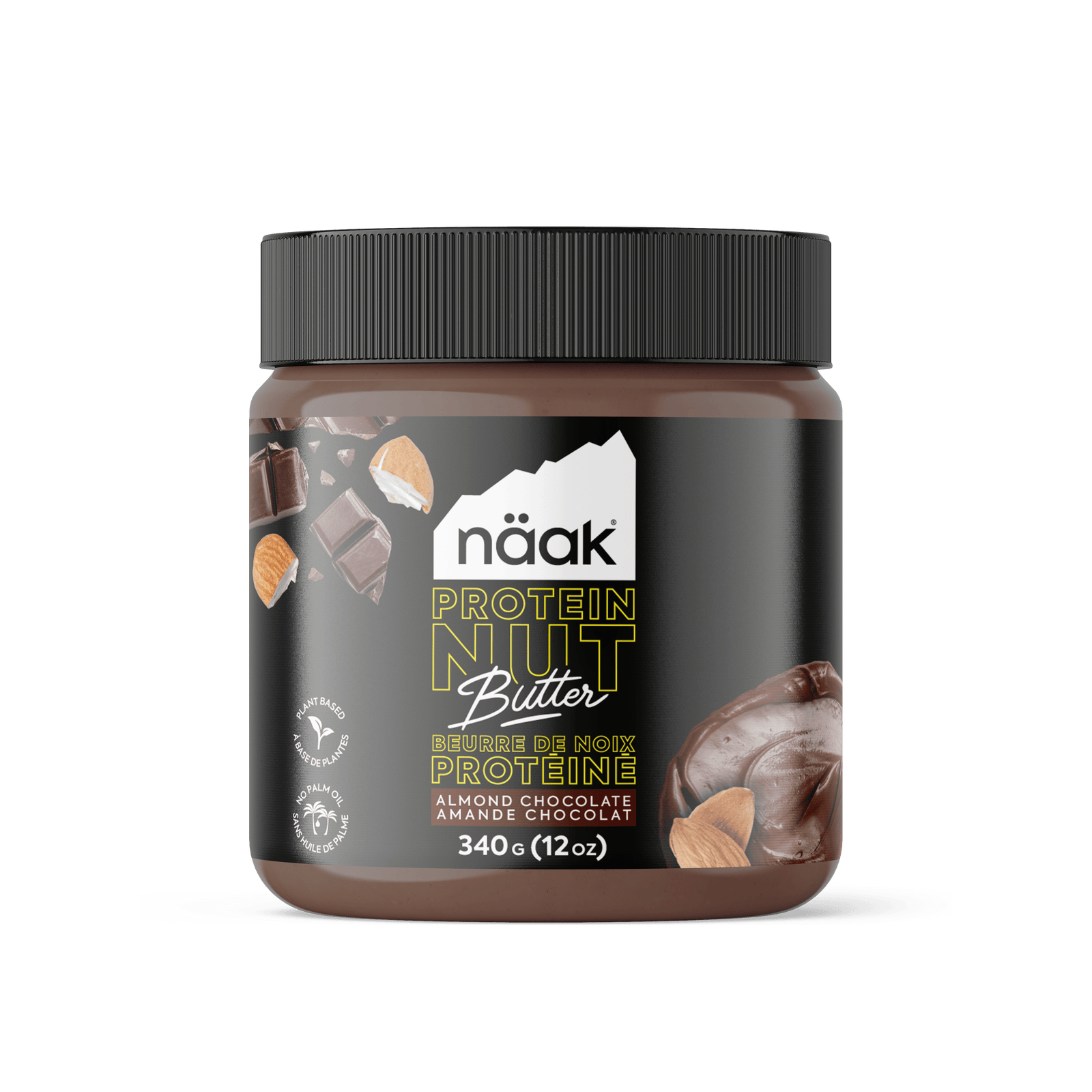
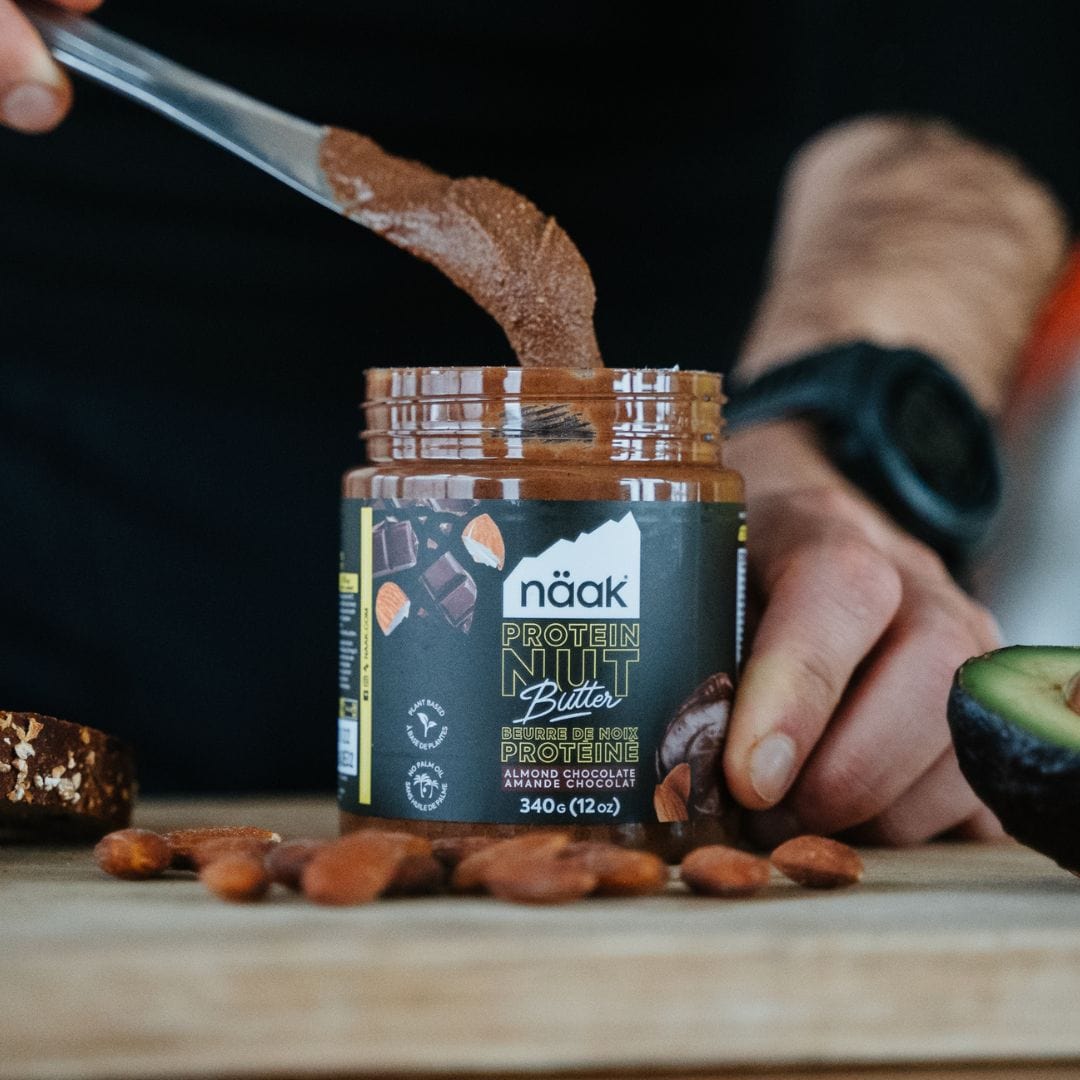
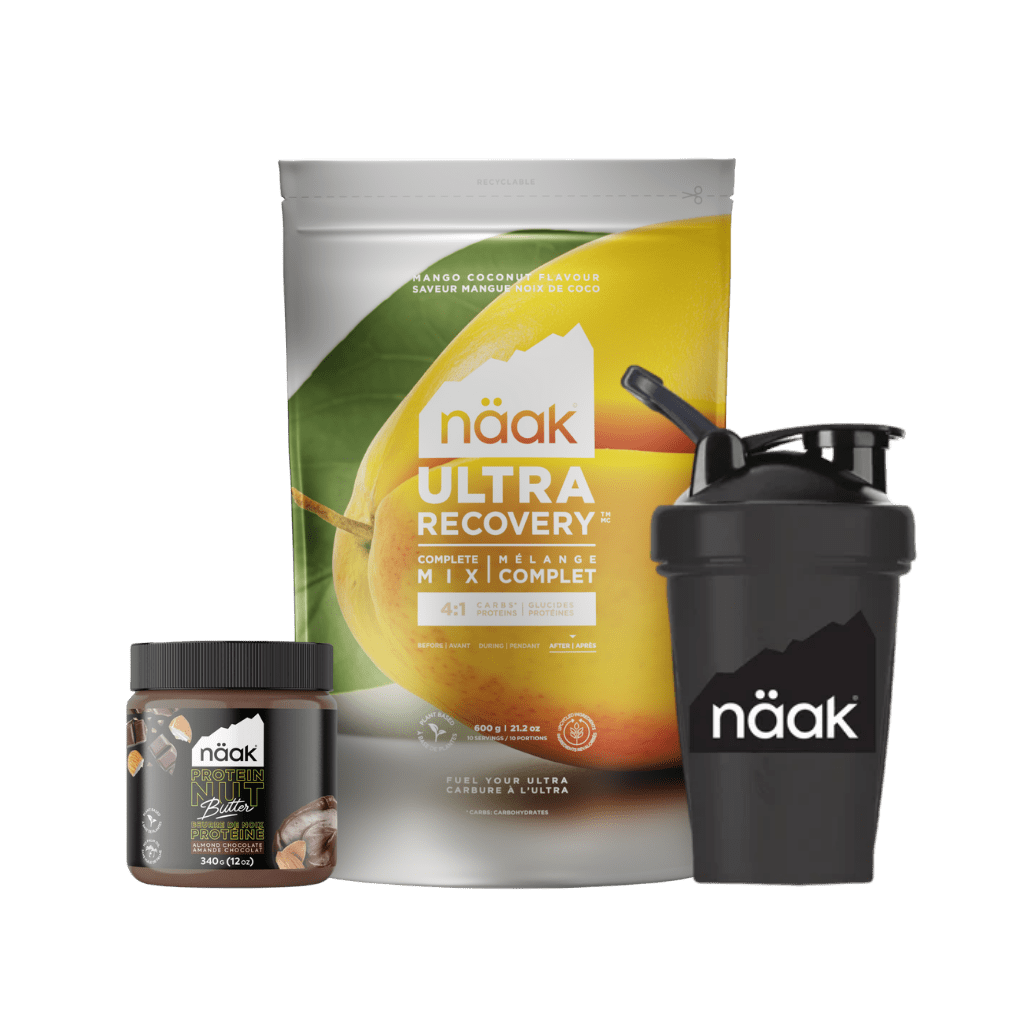
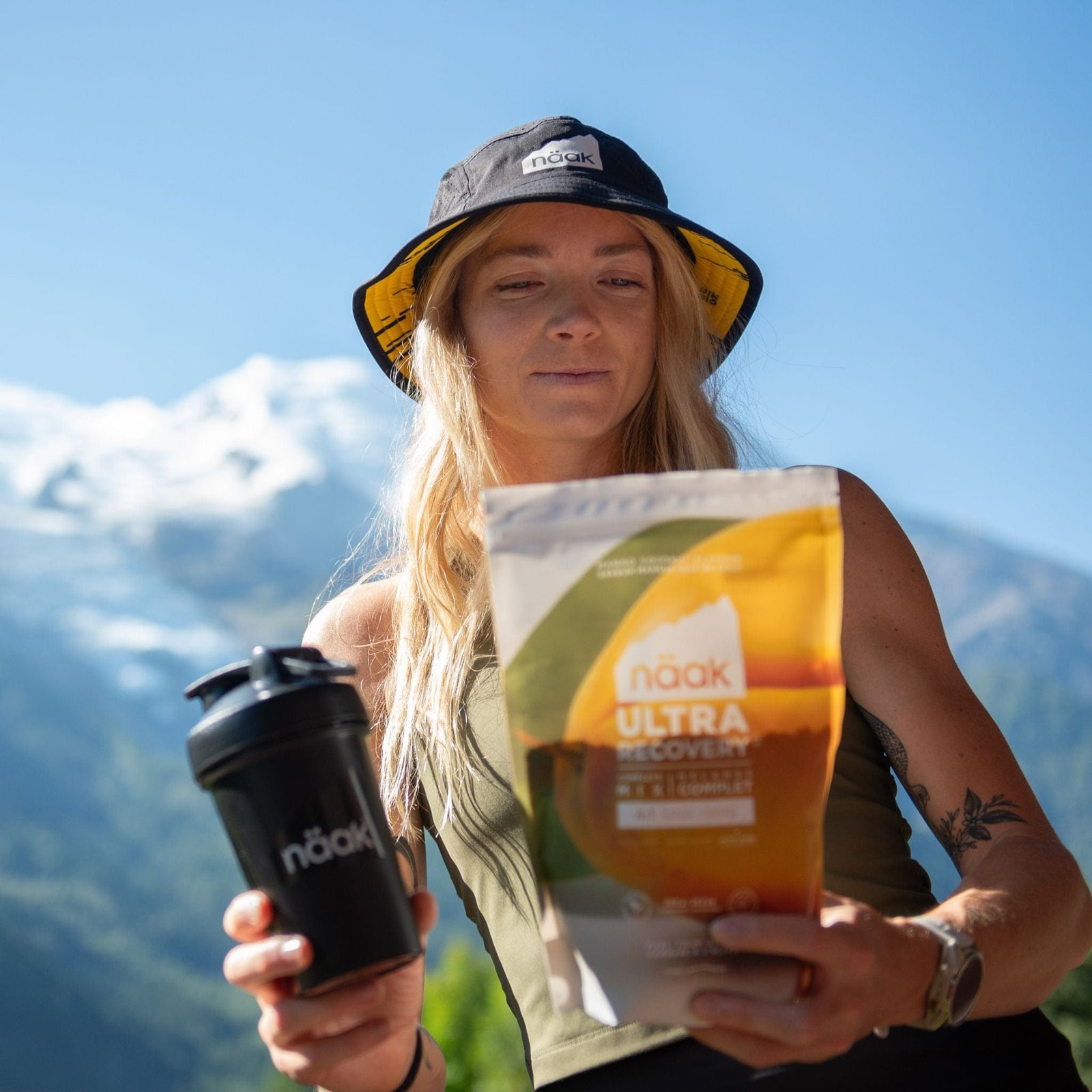
Leave a comment (all fields required)